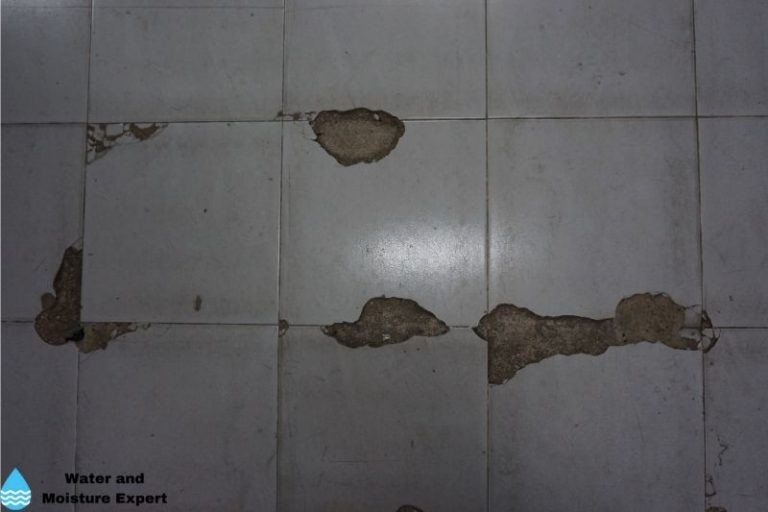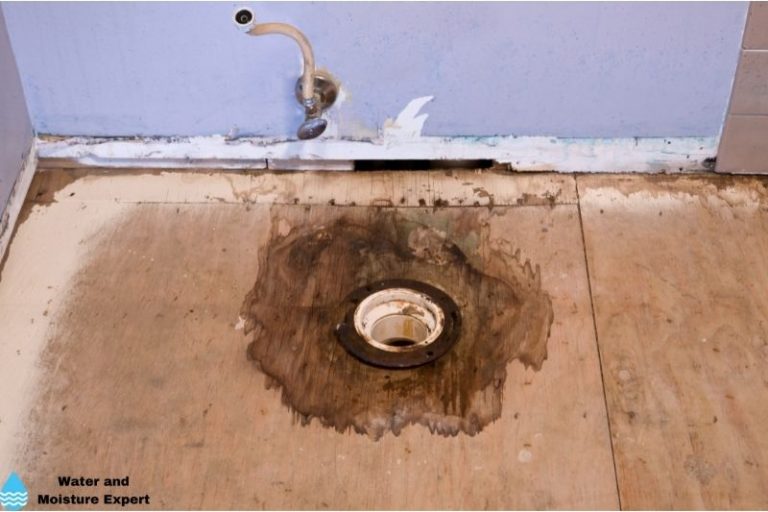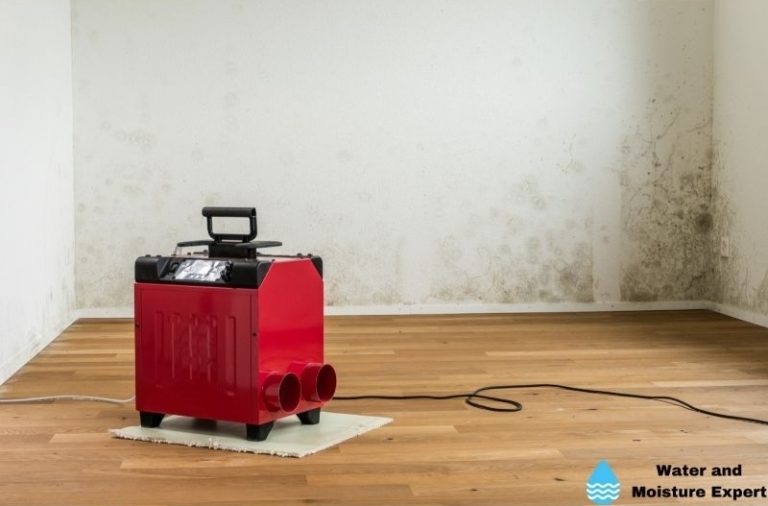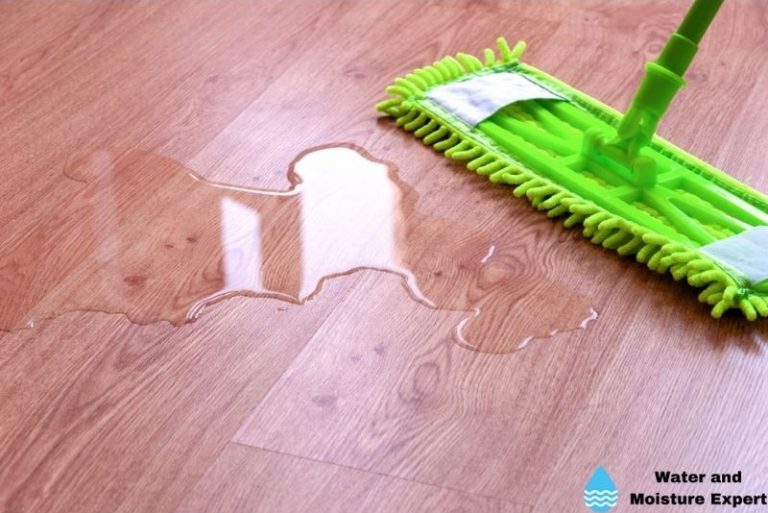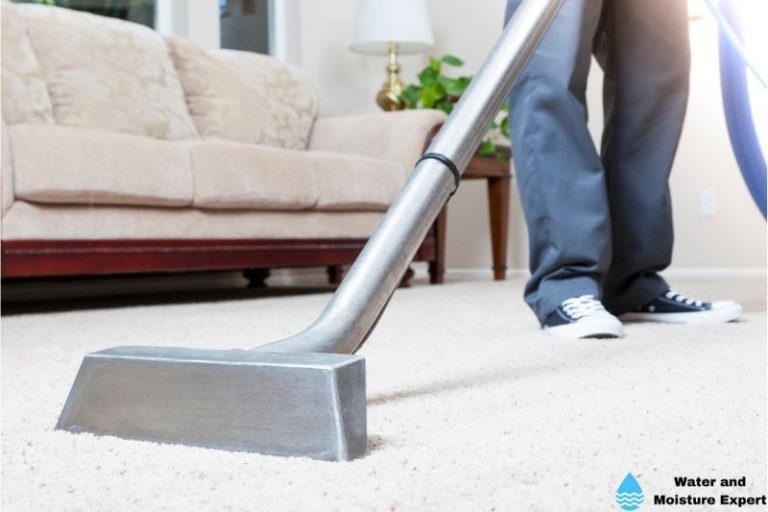Remove Mold From Your Basement. Tips From Professionals
If your home has suffered a floor or serious leak, you may have a mold problem as well as severe water damage. You will want to make repairs as quickly as possible and remove the water quickly. When you are making your repairs or before you start the repairs, you will want to check for signs of mold growth in the home. If you plan to remove the mold yourself, you will want to keep these tips from professionals in mind.
Remove Mold From Your Basement:
To remove mold from your basement, first, ensure that there is no moisture and standing water left in the room. Make your own mold removal spray, or purchase some and use it to spray the walls. Let it do its work and scrub the walls. If needed, repeat the procedure. The last part is to treat the floor with the mold removal spray.
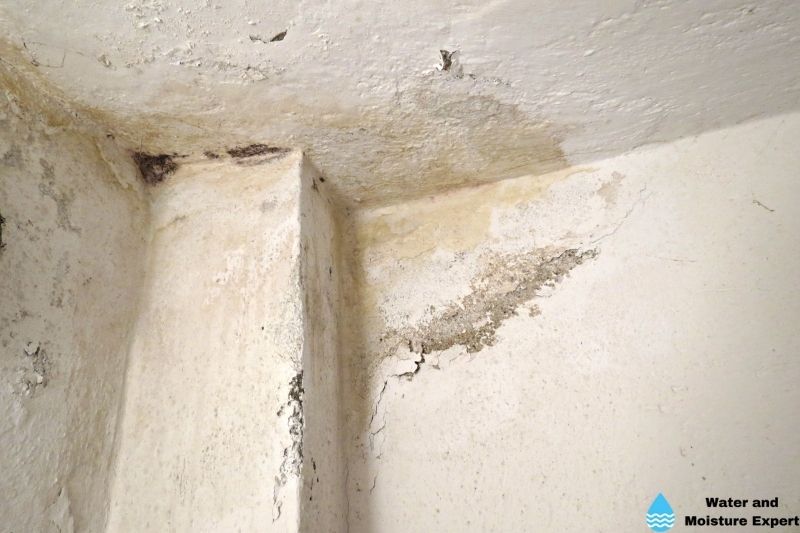
When you are moving mold from your basement, you need to ensure you get all the mold spores, as they can easily travel around to other areas of the basement and even other areas of your home and cause mold to grow there. It can be tricky to remove mold from a basement, so it’s sometimes best to let a professional mold remediator do it for you. If you plan to do it all on your own, keep these tips in mind.
Contents
- 1 What is the best way to get rid of mold in the basement?
- 2 How do you check for mold in the basement?
- 3 How do I disinfect mold in my basement?
- 4 How do I prevent mold in my basement after flooding?
- 5 How likely is mold after water damage?
- 6 How long does mold set in after water damage?
- 7 How do you remove mold from basement stone?
- 8 How do you Unflood a flooded basement?
What is the best way to get rid of mold in the basement?
If you find mold in your basement, you may be looking for the best way to remove it. The sooner you can remove the mold from your basement and the more effectively your removal process works, the sooner you can get back to living a mold-free life. There are several solutions that you can use to remove and kill mold. Some you can purchase, some you can mix yourself.
Hydrogen peroxide is an excellent non-toxic mold removal solution. You can mix it with water and spray it on your walls and floor. After leaving it for 15 to 30 minutes, you can use a brush to scrub it from the wall and floor. Repeat the process if needed.
Another mold removal mix is to use a cup of bleach and mix it with a gallon of water. Use it similar to the hydrogen peroxide solution, and spray it to walls and floors. After leaving it for some time, use a brush to scrub it from the walls and floors.
Do not underestimate mold. It can start in a day or two under ideal conditions and be challenging to remove. It can spread inside the walls and floor as well, making removal even more difficult. If you are unsure how to remove mold or find it is in difficult to reach locations, I recommend asking a professional for help.
How do you check for mold in the basement?
Before you can remove mold in your basement, you need to identify it and find the areas where it is growing. Being able to identify mold will allow you to know where it is present so you can remove it properly.
Follow these steps to find mold in your home:
● Step 1: Check For Standing Water
If there is standing water in your basement, there’s also a good chance there is mold growing there. Standing water means there is a lot of moisture, which can create the perfect environment for mold to grow in. Mold can start within 24 to 48 hours, under perfect conditions, and it will take longer to see the mold.
● Step 2: Check For Water Damage
While water damage can occur without mold growth, if there is enough water in your home to cause water damage, there is also enough to cause mold growth. You should inspect the entire basement to see if there are any soft spots in the floor or ceiling, as well as damage to your wallpaper or paint.
● Step 3: Remove The Water
Before you can get a good look at everything in your home, you will need to remove all the standing water and dry the basement thoroughly. This will make it easier to see everything and move around in the basement. You will be able to look under furniture and around flooring and walls to check for signs of mold. You can remove standing water with a sump pump or a water vacuum.
● Step 4: Use A Mold Detector
You can find mold detectors online and from many home improvement stores. They allow you to walk around the basement and move the mold detector around various areas. The detector will light up or make a sound whenever it comes across mold spores. There are different types of detectors, so you can easily find the one that works best for you. You may also be able to rent mold detectors from your local tool rental store.
● Step 5: Hire A Mold Expert
If you don’t see any mold but assume some will be in your home after a leak or flood, I recommend hiring a mold expert. They are trained to spot it and know which conditions mold is most likely to grow in. They know where to check and can easily find it much faster than someone with an untrained eye. When you hire a mold expert to find the mold for you, you won’t have to worry about missing any mold spores or spreading them to other areas of your home.
How do I disinfect mold in my basement?
Mold can be killed, and an area with mold can be disinfected. An easy mold removal mixture is bleach diluted with water and sprayed on the mold in the home. Allow it to soak in for several hours or even overnight. This will kill the mold and make it easier for you to wipe it away or scrape it off walls, ceiling, and flooring. Once the mold has been removed, you can use the diluted bleach solution to spray on the surface and whip it clean to ensure you have removed all the mold spores and to disinfect the area further.
How do I prevent mold in my basement after flooding?
The best way to prevent mold growth in a basement or any other area of the home is to keep it dry. Mold grows in damp and humid areas. If your basement floods or seems to stay damp, you will need to find a way to keep it dry. Here are some things you can do to prevent mold growth.
- Improve the ventilation
- Waterproof the basement
- Add a dehumidifier to the basement
- Repair any leaks
- Check appliances for signs of leaks
- Ensure gutters and drainage systems around your house are working
- Dry the basement as soon as you realize it’s wet
How likely is mold after water damage?
If you have water damage in your home, it means there has been standing water at some point. If the water has been present long enough to cause damage, there’s a good chance there has also been time and the right environment for mold to grow. Mold grows in damp areas where there is plenty of moisture and humidity. A flooded basement is a perfect place for mold growth. In some cases, there can be water damage and not mold growth. The best way to know for sure is to inspect the basement thoroughly. You can use the earlier given tips.
How long does mold set in after water damage?
Mold can start to grow in an area a very short time after water damage occurs. In fact, you may even see signs of mold growth before you see other signs of water damage. Under the right conditions, mold can start in 24 to 48 hours.
When you are looking for signs of water damage and see mold, you can consider it as one of the signs that the room has been affected by sitting water. You can have one without the other, but most of the time, mold growth and water damage come hand in hand, and both issues have to be dealt with before you can make your repairs.
How do you remove mold from basement stone?
If you notice mold growing on the stone in your basement, you may decide that you want to remove it on your own. Stone can be the perfect place for mold to grow. It allows the mold to stay damp and moist, and since it has a rough texture, there are many small crevices for the mold to grow in.
Follow these steps if you want to remove the mold from the stone yourself:
● Step 1: Create A Mold Cleaning Solution
You can buy many cleaning solutions that will kill mold and make it easier to remove. If you don’t want to make the trip to the store and don’t have time to order online, you can make your own by mixing one part water with one part bleach. Add the mixture to a spray bottle for easy application.
● Step 2: Spray The Walls
Apply the mixture to the stone walls where the mold is present. Be sure to saturate the area well because the mold can be growing in unseen areas and little crevices, nooks, and crannies within the stone.
● Step 3: Scrub It
Take a brush and scrub the walls to remove the mold. This will also help push the bleach into the stone so it reaches deeper levels of the mold and is able to kill more mold spores. Scrub until you remove all the mold.
● Step 4: Spray The Stone Again
After you have removed all the mold from the walls or stone, spray them again. This will allow you to get deep into the stone and reach any spores you may have missed. It will also allow you to sanitize the area and could prevent mold from growing back on the stone.
How do you Unflood a flooded basement?
If your basement is flooded, the first thing you need to do is remove all the water from it. You can do that with a sump pump. If it is just a small area that is flooded, you may also be able to use a bucket to remove the water. A sump pump will pump the water out of the basement and away from your home.
Another method is to use a wet vacuum, also called a water vacuum. You can find them in many stores, and you can rent one in a lot of locations as well. You will also need to dry the basement to help remove water that you can’t see but that may be soaked into the flooring, walls, or other areas of the home.


